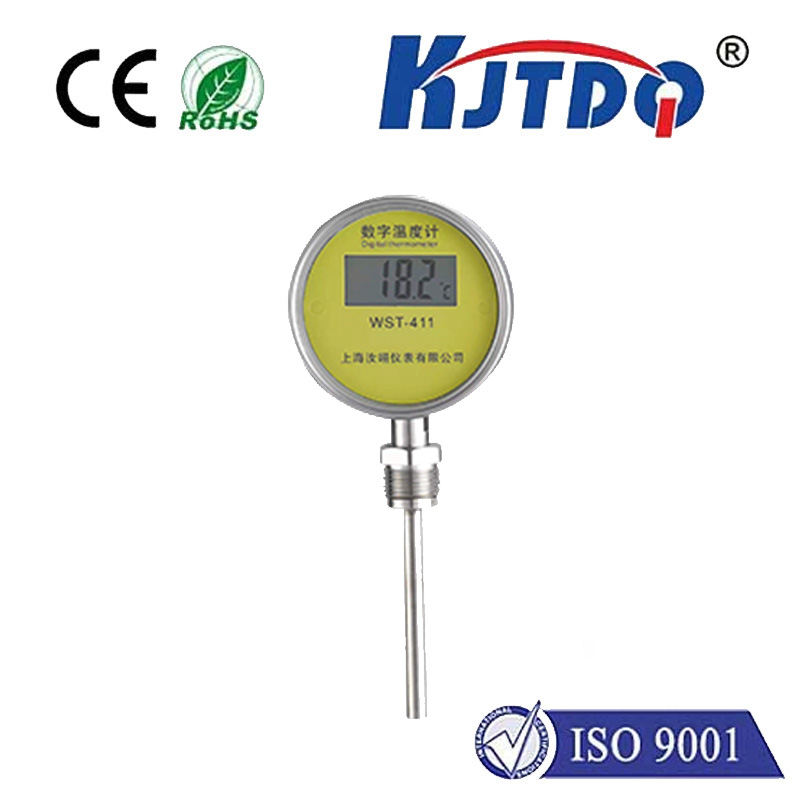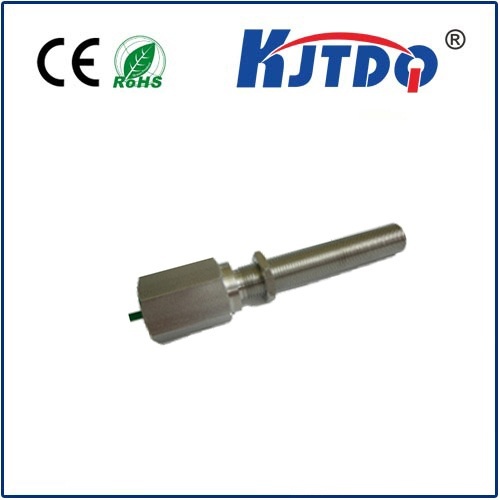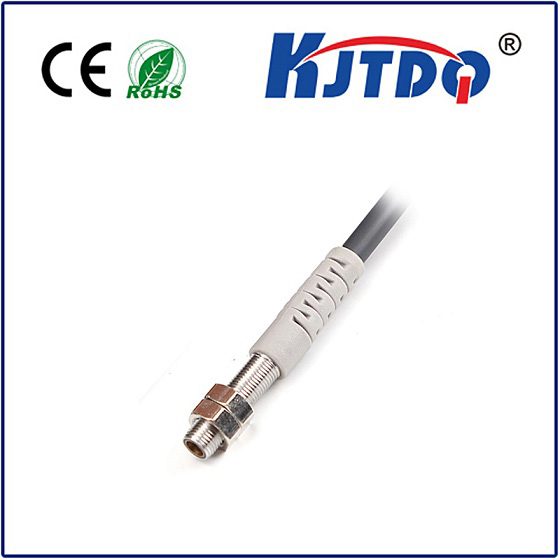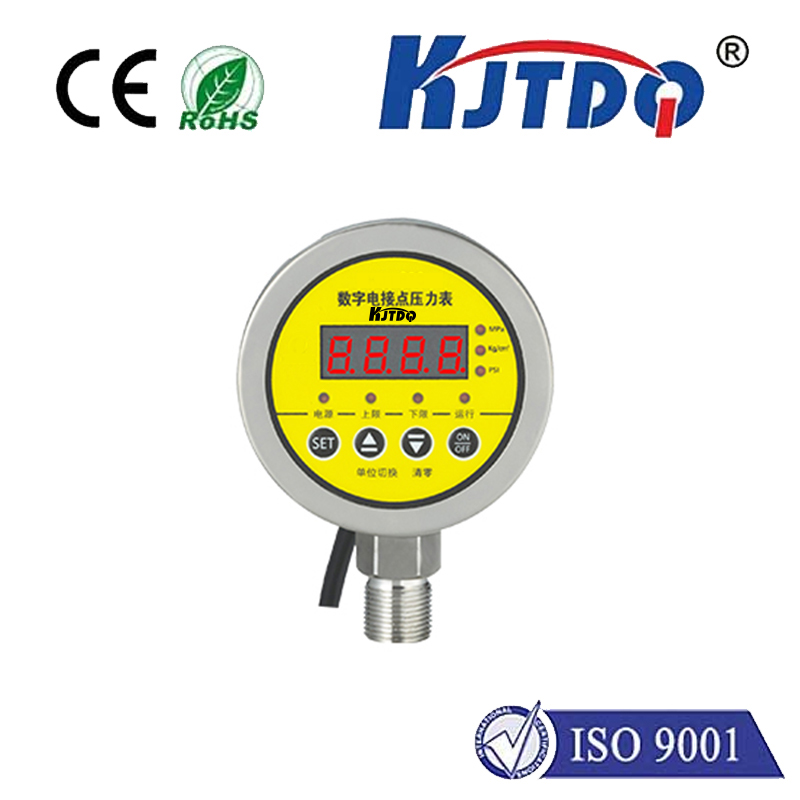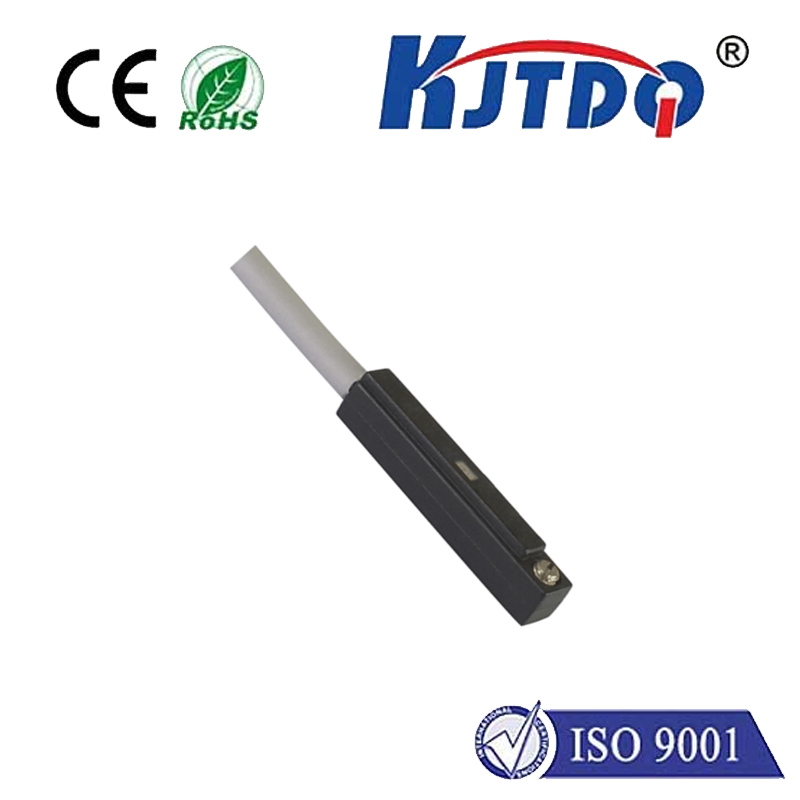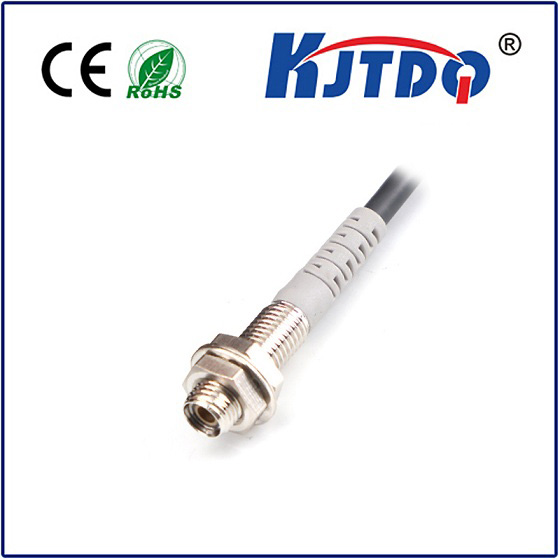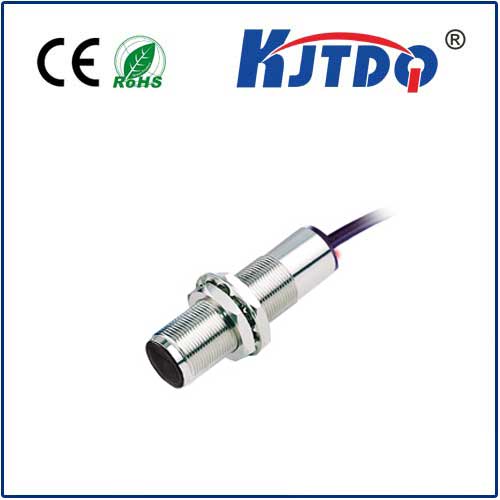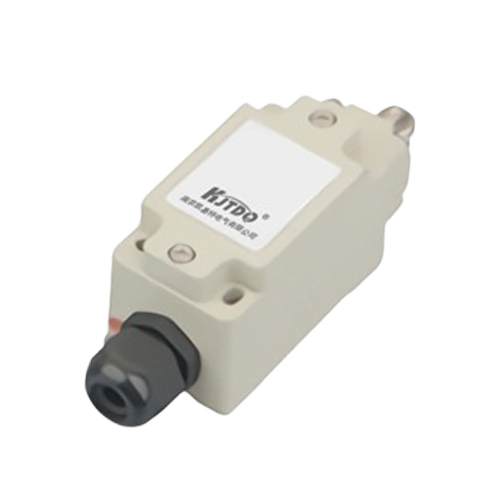

check

check

check

check

check

check

check

check

check

check
Industrial Automation: Understanding the Role of Inducer Limit Switches
The world of industrial automation is constantly evolving, and with it comes a host of specialized components that play crucial roles in ensuring efficiency, safety, and precision. One such component that deserves recognition is the inducer limit switch. This article aims to provide a clear understanding of what an inducer limit switch is, its function, and why it's essential in various industrial applications.
An inducer limit switch is a type of sensor used in industrial automation systems, machinery, and equipment to detect the presence or absence of objects or to measure their position. Unlike traditional mechanical limit switches that rely on physical contact to operate, inducer limit switches utilize electromagnetic fields to detect metal targets without requiring any direct contact. This non-contact method offers several benefits over contact switches, including increased reliability, longer lifespan, and reduced wear and tear.

The principle behind the operation of an inducer limit switch centers around electromagnetic induction. The switch contains a coil that generates an electromagnetic field when energized by an electric current. When a metallic object enters this field, it disrupts the field's pattern, which is detected by the sensor. This disruption triggers a signal that can be processed by control systems to perform actions like stopping or starting machinery, counting items, or monitoring positions.
One key area where inducer limit switches are indispensable is within automated assembly lines. In these settings, they can monitor the position and movement of products along the line, ensuring that each product is accurately placed and that the machinery operates efficiently without causing damage or delay. For instance, if a conveyor belt is transporting components to be assembled, an inducer limit switch can detect when a component is out of position or absent, prompting the system to halt or adjust accordingly before proceeding.
Safety is another significant domain where inducer limit switches play a vital role. In hazardous environments such as chemical processing plants or paper mills, they can serve as safeguards against accidental machine activation or unauthorized access. By detecting the presence of personnel or equipment within dangerous zones, these switches can activate alarms or emergency stop mechanisms, preventing potential injuries or accidents.
Moreover, inducer limit switches contribute to maintenance ease and cost-effectiveness. Their non-contact nature means less wear on both the sensor and the detected object, resulting in fewer replacements and lower maintenance requirements compared to contact-based switches. In addition, they can be designed to work in extreme temperatures, dusty environments, and even underwater, making them versatile for various industrial contexts.
When integrating inducer limit switches into industrial automation systems, engineers must choose the right type based on factors such as the size of the target object, the distance from the sensor, and environmental conditions. Proper installation is also critical; these switches need to be positioned accurately to ensure reliable detection and prevent false readings.
In conclusion, inducer limit switches represent an advanced solution for modern industrial automation. Their ability to detect metal objects without contact enhances machine reliability, improves safety protocols, and reduces operational costs. As industry continues to embrace smarter technologies to streamline processes and boost productivity, the role of the inducer limit switch becomes ever more crucial in achieving these goals while maintaining a high standard of safety and efficiency.
